Kemerovo region occupies the territory of the Kuznetsk coal basin. Its area is 96,000 square kilometers. In terms of size, it is in the forty-third position in the all-Russian rating. The population of the Kemerovo region for 2017 amounted to 2,695,000 people. According to statistics, it shows a natural decline. Mortality prevails over fertility. The proportion of citizens exceeds ninety percent.
general information
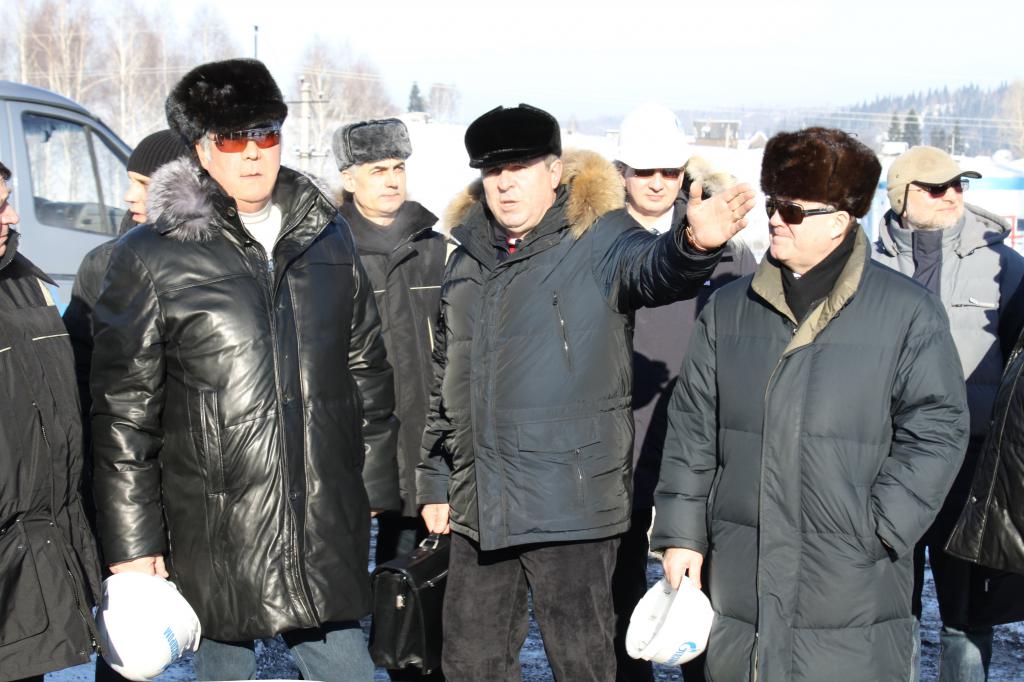
In the agrarian regions of the region, one in ten residents of a federation subject is registered. The population density reached 28 people per square kilometer. The Kemerovo agglomeration was formed at the expense of the nearby settlements of Berezovsky, Topki and other municipal entities. About 680,000 people live in this part of the region.
Novokuznetsk is another major industrial and economic center of the Kemerovo region. The population of the city reached 552,000. The number of inhabitants of the Novokuznetsk agglomeration exceeds one million people. On two sides, the region is surrounded by spurs of the Sayan and Altai mountains. The region is five hundred kilometers long. The nearest neighbors are Tomsk and Novosibirsk Regions, Krasnoyarsk and Altai Territories, the Republic of Khakassia.
The administrative structure of the subject includes two dozen municipalities and eighteen district units. The history of the modern Kemerovo region begins in 1618. At that time, it was a district of the Tobolsk rank. Later, its territory belonged to the Tomsk rank, Yenisei province, Kolyvan and Novosibirsk regions.
Statistics

In 1959, the population of the Kemerovo region was 2 785 000 people. Until 1987, it was growing rapidly, reaching 3,176,000. The decline that began in 1990 continues to this day. In 1991, the number of inhabitants decreased to 3,100,000, in 1992 to 3,098,000, and in 1994 reached 3,072,000. In 1995, there were 3,065,197 people in the region. In 2000, the population of the Kemerovo region fell to 2,963,000.
Every year the number of inhabitants is reduced by five thousand people. The peak birth rate was recorded in 1985. After that, a gradual decline began. The task of the current government is to restore reproduction. Migration flows are involved. The leadership of the subject of the federation provides material support to young families and qualified specialists. Helps large families and socially disadvantaged groups.
Demographic picture
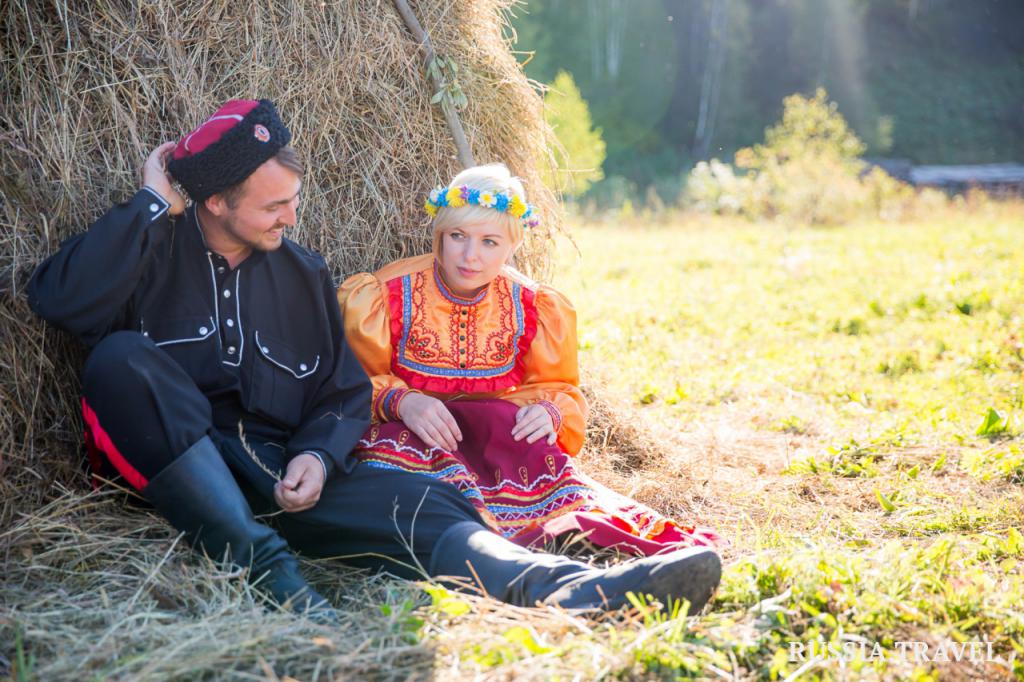
In 1970, the birth rate (the number of births per thousand people in the Kemerovo region) was 14.3. This ratio in 1990 fell to 12.6, and in 1997 fell to 8.4. The minimum was in 1999. At this time, its value reached a record figure of 8.3. The beginning of the 21st century is characterized by a surge in fertility. In 2009, it amounted to 13.3. Since 2010, the population of the Kemerovo region again began to rapidly decline. In 2014, the value of this parameter reached 13.2.
The highest mortality rates were recorded between 1975 and 1995. However, the maximum fell on the 2005th. During this period, 18.7 people died per thousand inhabitants. The mortality rate of the Kemerovo region in 2014 was 14.6.
Today, life expectancy exceeds 67 years. In 2002, she barely reached 62.
National composition
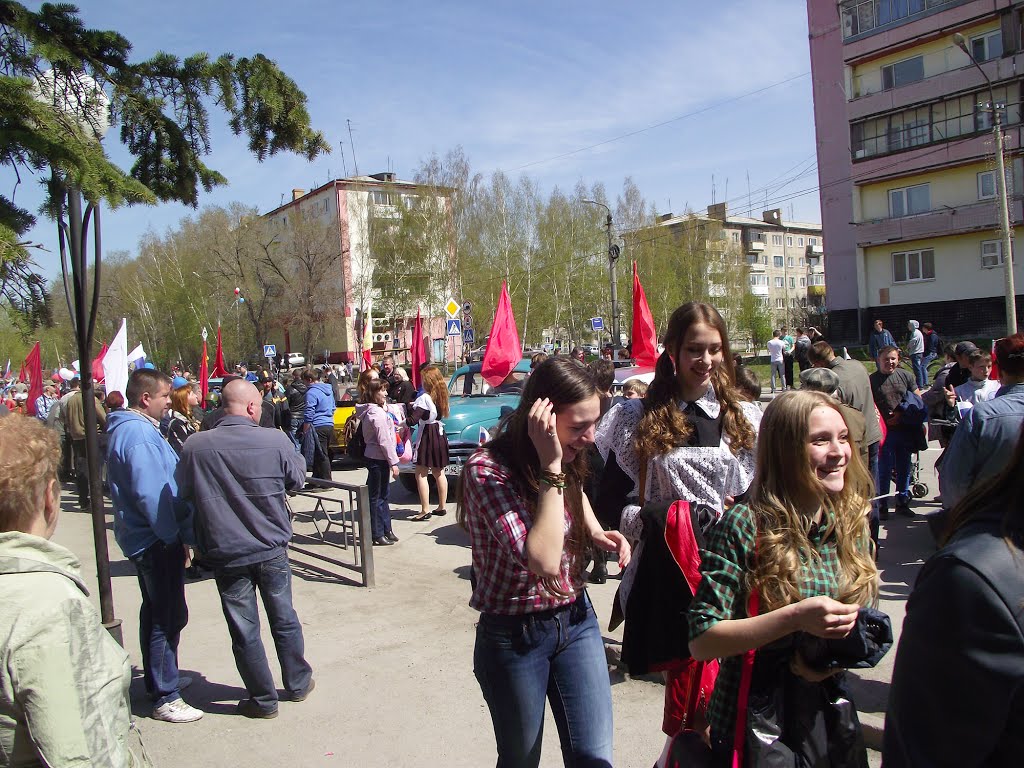
Russians are traditionally considered the largest ethnic group living in the territory of the subject of the federation. Currently, their share exceeds 92%. Among the urban population of the Kemerovo region, this figure is higher. The region has about forty thousand Tatars.Their share is less than 1.5%. In addition to them, Germans, Ukrainians, Shors, Armenians and Chuvashs live in the subject of the federation. Their number is in the thousands.
There are Azerbaijanis, Belarusians, Tajiks, Uzbeks, Gypsies and Teleuts in the Kemerovo Region. In the minority are Kyrgyz, Bashkirs, Kazakhs, Udmurts, Chechens, Moldavians, Maris and Jews. There are Koreans, Georgians, Poles, Ingush, Tuvans, Estonians, Khakasses in the region. Several hundred people include Turkmens, Finns, Chinese, Buryats, Ossetians, Greeks, Lithuanians and Bulgarians.
The latter have virtually no effect on the total urban population of the Kemerovo region. Representatives of national minorities live mainly in rural areas.
Religion
In the Kemerovo region, there are more than two hundred Orthodox churches and parishes. The Old Believer Church is functioning. There are Roman Catholic, Greek Catholic, Armenian parishes. The number of mosques exceeds 26. There are only two Buddhist communities. There are no more than four Jewish houses of worship.
A small part of the population of the Kemerovo region worships Krishna. Baptists, evangelical Christians, Seventh-day Adventists are registered.
Administrative division
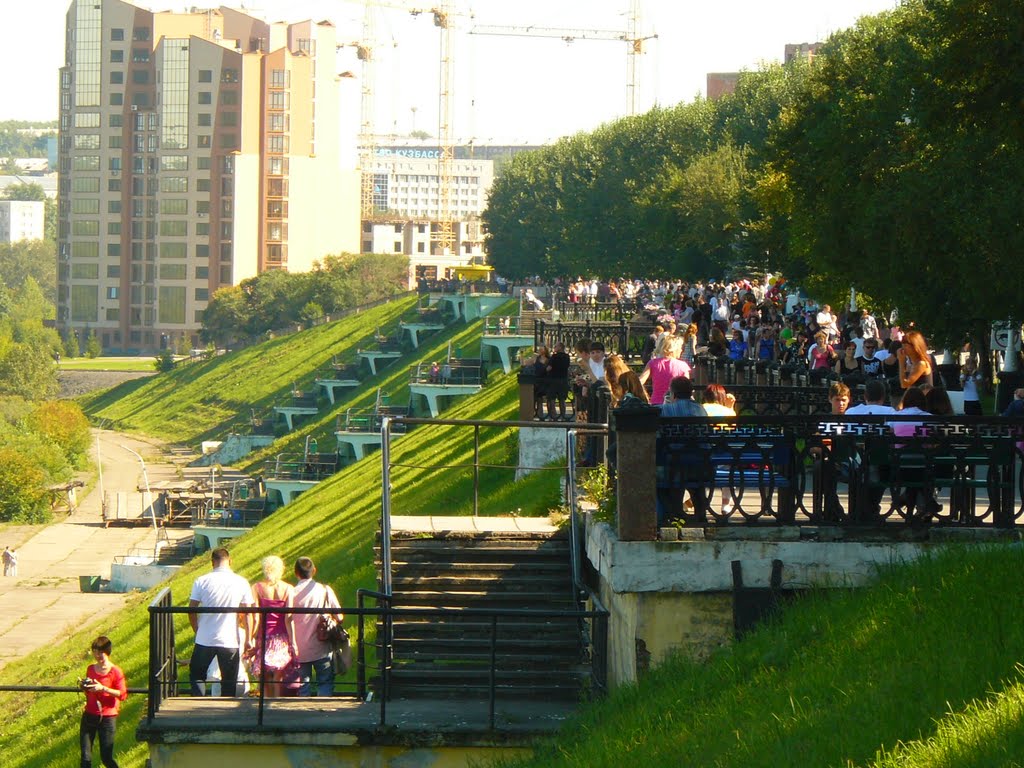
The list of settlements, the number of inhabitants of which exceeds ten thousand people:
- Kemerovo;
- Novokuznetsk;
- Berezovsky;
- Prokopyevsk;
- Anzhero-Sudzhensk;
- Mezhdurechensk;
- Belovo;
- Leninsk-Kuznetsk;
- Yurga;
- Kiselevsk;
- Industrial;
- Aspen;
- Kaltan;
- Toes;
- Tashtagol;
- Mariinsk;
- Guryevsk;
- Fireboxes;
- Taiga;
- Polysaevo;
- Sheregesh;
- New Town;
- Tyazhinsky;
- Bachatsky;
- Yaya;
- Yashkino;
- Krasnobrodsky;
- Gramoteino;
- Inskoy.
In almost all of the above settlements there is a natural population decline. Only in Kemerovo, Novokuznetsk, Yurg, Tashtagol and Sheregesh there was an increase in residents. The number of migrants who arrived in Kemerovo region in 2016 amounted to 77,800. And the number of people who left the region is 80,640.
Natural conditions
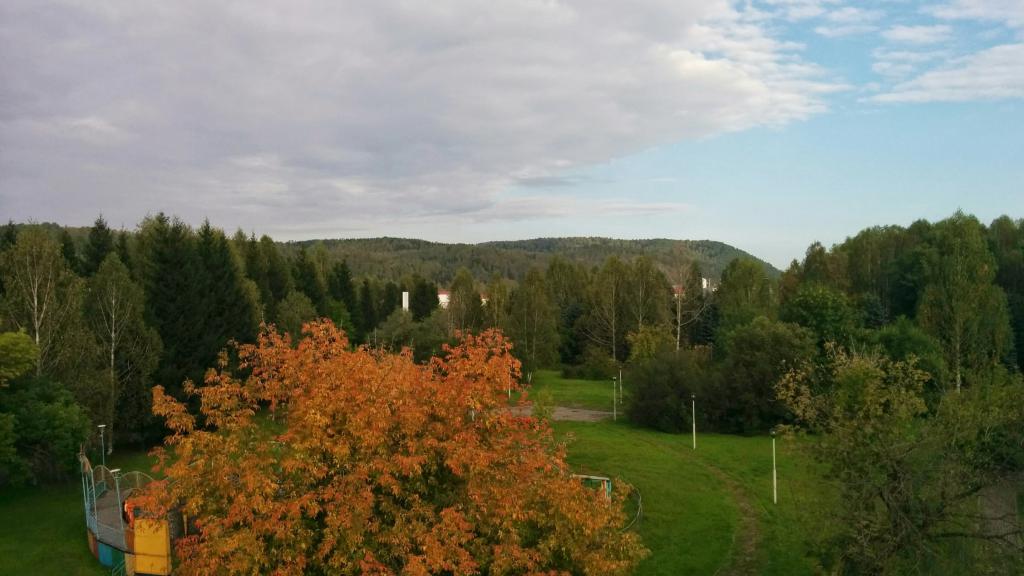
The environmental situation in the Kemerovo region is recognized as critical. In the region there is a huge number of industrial complexes. Special posts, concentrated near enterprises, monitor the state of the atmosphere. Protected protected areas are regularly established.
The concentration of harmful substances in the air exceeds the permissible norms. The most unfavorable from an environmental point of view are the cities of Kemerovo, Novokuznetsk and Prokopyevsk. The main pollutants in the soil and air are nitrogen and carbon oxides, ammonia, lead, iron, manganese, aluminum, sulfur, and benzopyrene. Exceeded the content of chromium and zinc, aniline and hydrogen sulfide, hydrogen and nickel.
The waters of the Tom River are polluted with oil products, phenols, and heavy metals. The constant effect of toxic substances on the human body leads to the appearance of chronic diseases. The region has one of the highest mortality rates for children and the working population. Pupils suffer from pathologies of the respiratory, cardiac, nervous and circulatory systems. The number of diagnosed oncological neoplasms increases annually.
The incidence of SARS and seasonal infections is higher than in the regions of the Central Federal District. Therefore, families with children move from Kemerovo and Novokuznetsk to neighboring regions. As a result, the birth rate is reduced, which leads to a natural population decline. Rehabilitation of young children and people suffering from chronic diseases is carried out by the doctors of the sanatoriums Slavino, Prokopyevsky, Borisovsky.
There are hospitals and polyclinics of pediatric, therapeutic and dental profiles in the region. Private centers operate. Kemerovo Regional Medical College is responsible for the training of nursing staff.
Education
The lion's share of higher education institutions is based in Kemerovo.Kemerovo State University, Kemerovo Institute of Technology, Kuzbass State Technical University, Kemerovo Medical University and other educational institutions work in the city.
Colleges are located not only in large settlements of the Kemerovo region, but also in small cities. The population of the region can receive the profession in demand in Anzhero-Sudzhensk, Belovo, Lensk-Kuznetsk, Prokopyevsk, Tom-Usinsk, Yurga. In the region, about a thousand secondary schools are registered.
Social protection of the population
In the settlements of the Kemerovo region there are points of financial assistance to those in need. In addition to implementing federal programs to support veterans, retirees, orphans and large families, the region’s authorities are developing their own social projects. Targeted assistance is provided.
Recreational facilities
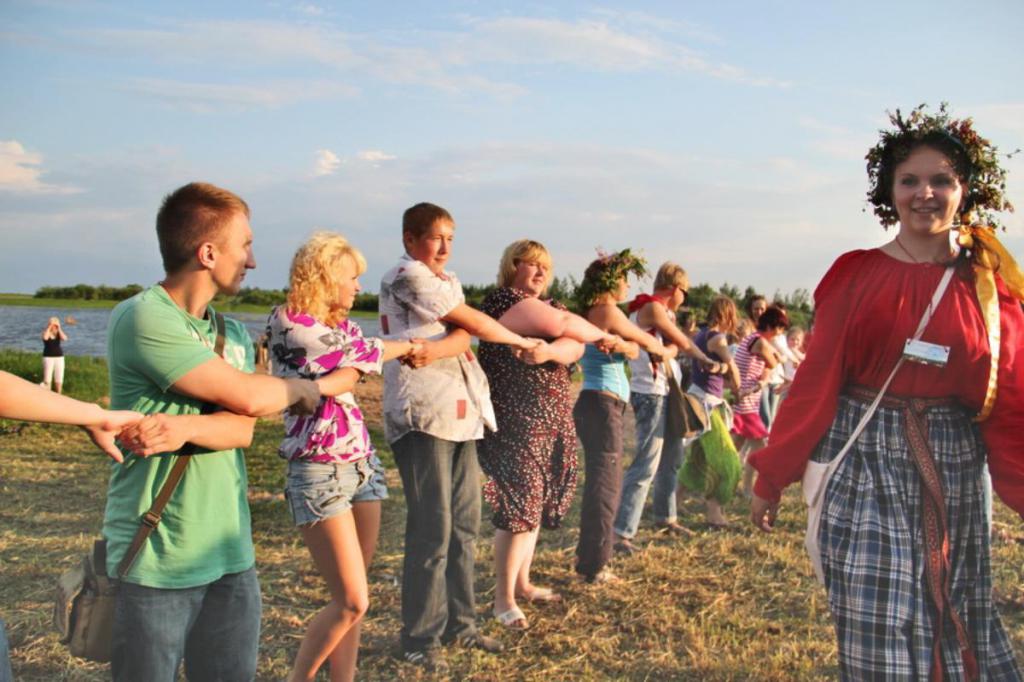
Leisure of the population of the Kemerovo region is organized by employees of the culture department, as well as its structural divisions. The residents of the region have at their disposal ski slopes and sports schools, athletics halls, stadiums and weightlifting arenas. There are 700 libraries, 40 museums, 10 cinemas, 7 theaters and hundreds of other cultural institutions in the territory of the subject of the federation.
